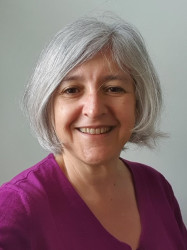BibTex format
@article{Alexander:2019:10.1016/j.apmr.2018.11.021,
author = {Alexander, C and To, M},
doi = {10.1016/j.apmr.2018.11.021},
journal = {Archives of Physical Medicine and Rehabilitation},
pages = {1243--1250},
title = {Are people with joint hypermobility syndrome slow to strengthen?},
url = {http://dx.doi.org/10.1016/j.apmr.2018.11.021},
volume = {100},
year = {2019}
}

